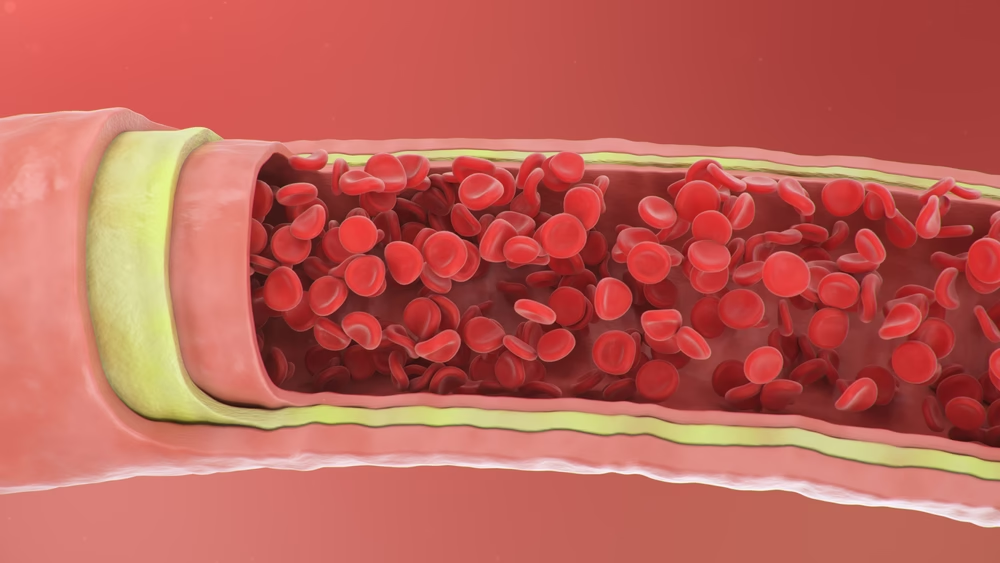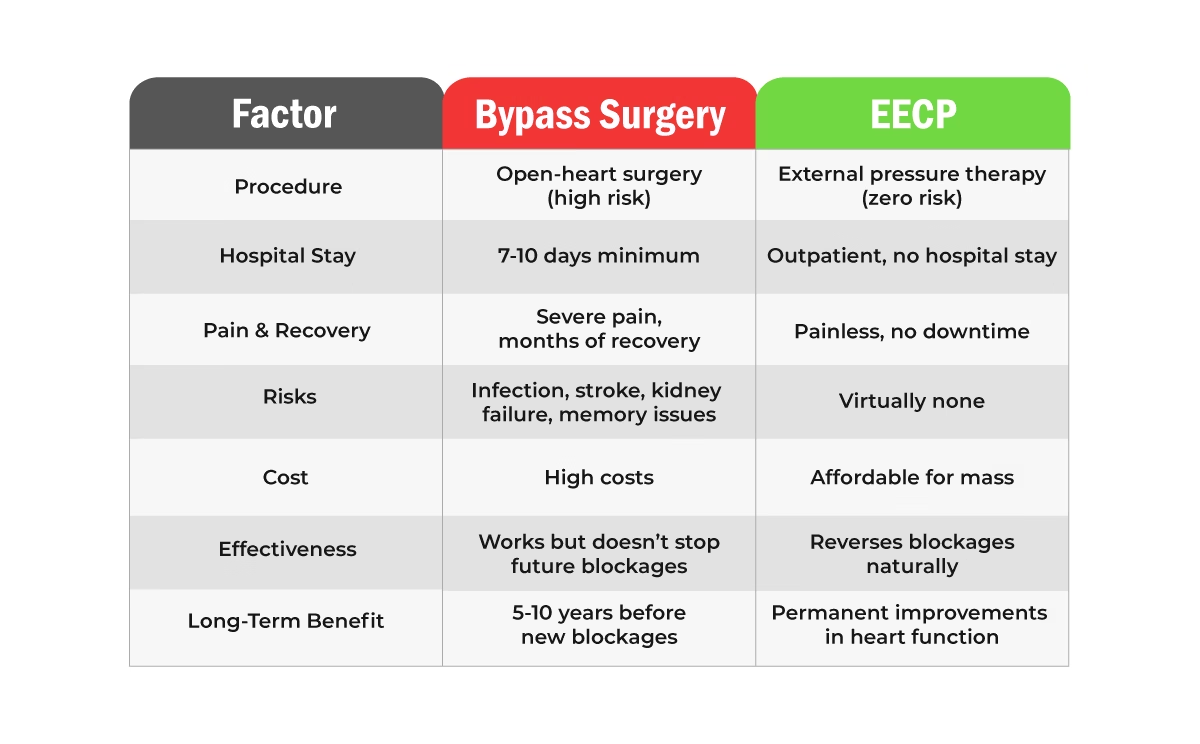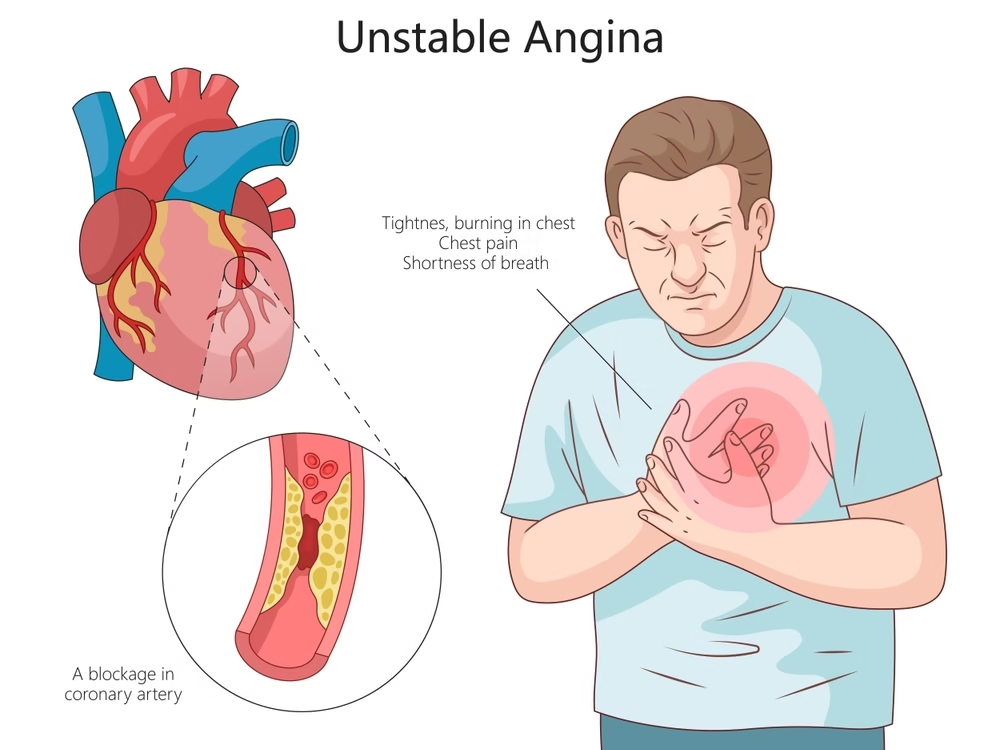Let’s face it. Hearing “80-90% blockage” during a heart check-up is like a punch to the gut. Panic. Fear. Confusion. And the most common thing doctors say? “You need bypass surgery.” And this blog? We’re going deep. Because when your heart’s on the line, you deserve the whole truth, not the sugar-coated version. Did you know? EECP therapy for 80-90% heart blockage is a successful heart treatment that not only is a heart disease treatment but also helpful in reversing heart blockage without surgery if the overall conditions are favourable. And this medical wonder is known as Enhanced External Counterpulsation Therapy (EECP), which is widely accepted in India and Delhi NCR. EECP treatment in Delhi/NCR and in India has been advocated by Dr. Bimal Chhajer and India’s leading non-invasive heart treatment program by SAAOL Heartcare Delhi. Let’s tell you what you didn’t know yet!
Table of Contents
ToggleWhat is 80-90% Heart Blockage?
This blockage means that the blood vessels that deliver oxygen-rich blood to your heart are largely clogged with plaque (a combination of fat, cholesterol, calcium, and other materials). Even at 80-90% blockage, your heart may still be doing just fine. Why? Because your body knows better than you think it does.
As time passes, when blockages develop gradually, your body begins to create detours for blood; these are known as collateral vessels. They’re like little backroads if the main highway is backed up. Not seen in all angiography. Not talked about enough. But they can be lifesavers.
So when a cardiologist says, “Your arteries are 90 percent blocked,” it doesn’t always mean your heart is in imminent danger. It depends on:
- How well is your heart working overall
- Whether you’re having symptoms (like breathlessness, fatigue, chest pain)
- How stable are your vital parameters
But if you’re unstable, in an emergency, or have active symptoms that medications aren’t controlling, yes, surgery or angioplasty can be life-saving.
But if you’re stable? You might have time. And options.
That’s where EECP comes in.
EECP: The Non-surgical Heart Treatment for Heart Blockage
Enhanced External Counter Pulsation (EECP) is not a new concept. It is FDA-approved, supported by clinical science and more widely used internationally. But in India? It’s still something that many people don’t know about.
At its most basic level, EECP is passive exercise for your heart. You lie down. Your legs are cuffed. They rhythmically contract in time with your heartbeat. This pressure enhances blood flow to your heart muscle by forcing more blood into your coronary arteries.
But wait. What’s actually going on beneath the surface more like:

- It helps stimulate the growth of new blood vessels. Consider this a natural bypass. EECP promotes angiogenesis — creating those detours (collaterals), as we defined earlier.
- It improves endothelial function. The endothelium is the lining of your arteries. A healthy endothelium is flexible and smooth, preventing clots and keeping blood flowing.
- It lowers systemic inflammation. Chronic inflammation is one of the stealthy enemies of heart disease. EECP helps tone it down.
Sounds like magic? It’s not. It’s the simple physiology of EECP therapy for 80-90% heart blockage
But, Can EECP Be Useful for 90% Blockage? Isn’t That Too Late?
And here’s where we dispel another myth.
EECP is therapeutic and not merely preventive. EECP is indicated, and many patients with 70%, 80%, and even 90% blockages who are stable and just never had heart attacks or unstable angina have been successfully treated without surgery.
But that’s not a one-size-fits-all. EECP works best for:
- Chronic stable angina (chest pain that comes on with exertion and settles with rest)
- Patients who are not emergency cases
- People unfit or unwilling for surgery
- Those who want to explore non-invasive options first
Let’s change the narrative: No surgery should be the default option unless it cannot be avoided. In short, EECP is not an alternative in crisis – it’s an opportunity in stability.
EECP vs Bypass Surgery: Let’s Compare Beyond the Obvious

But the real comparison isn’t just clinical. It’s emotional. Mental. Financial. Bypass surgery of the heart often comes with restrictions, fear, and long-term medication. Many feel as if they’ve become patients for life.
You can take charge with EECP. You walk in. Have a one-hour EECP session. Walk out. And slowly your heart heals without trauma.
What Results Can You Expect After EECP in High Blockage Cases?
After a 35-40 session EECP course (which is standard):
- Many patients report a 60-80% reduction in chest pain
- Most report improved stamina, breathing, and sleep
- Some even show improvement in heart pumping capacity (ejection fraction)
- Repeat scans often show the development of new collateral circulation
And here’s the kicker: Some patients who were recommended for bypass but chose EECP under expert guidance have been stable for years, living their lives without surgery.
Is EECP Safe for You? Here’s How to Know

EECP is not for everyone. It might not be for you if you have:
- Active deep vein thrombosis (blood clots)
- Severe aortic regurgitation
- Uncontrolled high blood pressure
That is why expert evaluation is required. 90 percent of heart blockages are not all created equal. Some are critical. Others can be managed. If you’re stable and not in an emergency situation, make sure to ask your doctor about EECP before agreeing to a major surgery. You owe it to your body.
The Final Word: Your Heart. Your Call.
80%, 90% blockage is not a dead end. It’s a wake-up call.
And in that moment of fear, if someone mentions that there is another way — no cuts, no stitches, no overnight stays in a hospital — wouldn’t you at least want to learn more?
That’s what EECP does: A second opinion from your very own body. A second life and not a scalpel. A path to recovery that feels natural, not forced.
So ask questions. Demand explanations. Seek holistic opinions.
Because your heart isn’t a pipe that you can swap out. It’s a living, pulsing miracle that can heal — if allowed to.
Choose wisely. Choose bravely. And keep in mind: healing is not always best achieved by working against the body, but rather with it.
P.S. If you’re recommended surgery, and you’re still uncertain, you might want an evaluation at a certified EECP center. The right doctor will always take their time with you. They’ll sit with you. Talk to you. And if EECP isn’t for you? They’ll tell you honestly.
And that’s what real care looks like. So, without any hesitation, please contact SAAOL Heartcare Delhi, and you can have a Dr. Bimal Chhajer appointment.


